If you get excited about Electroculture Antennas, like I do, I have essential information that could save your life or someone you love.
(SERIOUSLY!)
As admins of The Largest Electroculture Community Online, we receive a lot of stories from professionals and hobbyists alike.
This can be overwhelming and honestly it is hard to keep up.
So when we hear about something tragic, you are damn sure our ears pick up.
Earlier this month, Roberto, a friend of mine was helping me mulch some garlic.
As we laid out the straw around the Spring growth, I started ranting about the benefits of electroculture.
(I often go on electroculture inspired rants with little feedback to be had)
This time was different. He seemed interested.
I suggested scaling up our use of electroculture antennas.
His response made me uneasy.
Disclaimer: Hold onto your wire—just not too tightly!
While this tale is rooted in truth, I’ve spruced it up for storytelling flair.
(trigger warning: it involves a fatality)
He shared his experience from a recent stint at a vast commercial vineyard in Australia, a working holiday that had left a deep impression on him.
As he spread the straw beneath our feet, he paused, letting the silence hang between us for a few seconds before he continued. His voice dropped to a whisper as he recounted a chilling incident.
'The vineyard was enormous,' he said, 'stretching many hectares. Looking out towards the horizon, the rows of leafless vines seemed to go on forever, like some barren graveyard.'
He explained that the region was notorious for lightning storms.
'Whenever it rained, work would stop immediately at the first rumble of thunder. Everyone knew to go inside.'
"Two years earlier," he continued, his tone more somber, "a storm unlike any other rolled in from the west. The skies darkened suddenly, as if night had fallen in the middle of the day. A violent lightning strike hit, not close, but over a kilometer away. Despite the distance, the repercussions were immediate and terrifying."
He paused, looking away as if visualizing the scene in his mind's eye. "The vineyard, with its endless rows of steel wires, became an unwitting conductor. The electrical current, unleashed by nature’s fury, traveled with deadly precision through the galvanized wires."
I leaned in, sensing the weight of what was to come.
He swallowed hard, then whispered, "The current found its way to one of the workers. He had no warning. No chance to seek shelter. That one strike, so far away, claimed his life almost instantaneously."
The silence that followed seemed to echo with the gravity of his words.
"Here's my friend Roberto and I, just after we finished setting up the Galaxy Garden. Now, we're just waiting—will lightning strike first, or will the aliens beam us up? Place your bets!"
The story I just shared underscores a critical lesson about the power and potential dangers of nature, and how our best intentions can sometimes lead to unintended consequences.
This leads me directly into something every enthusiast and professional using electroculture needs to consider seriously:
There are right and wrong ways to implement these technologies.
And many who transition from basic antennas to more sophisticated techniques, such as atmospheric collectors, remain COMPLETELY OBLIVIOUS TO THE RISKS.
Understanding the Difference: Antenna vs. Collector
An antenna, like the spiral design featured in our free guide [click here to download], is easy to DIY and primarily generates current by capturing radio waves.
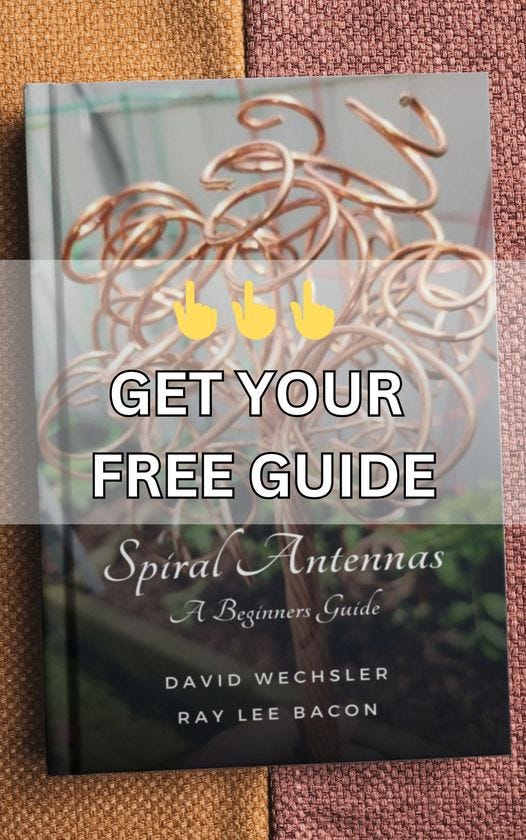
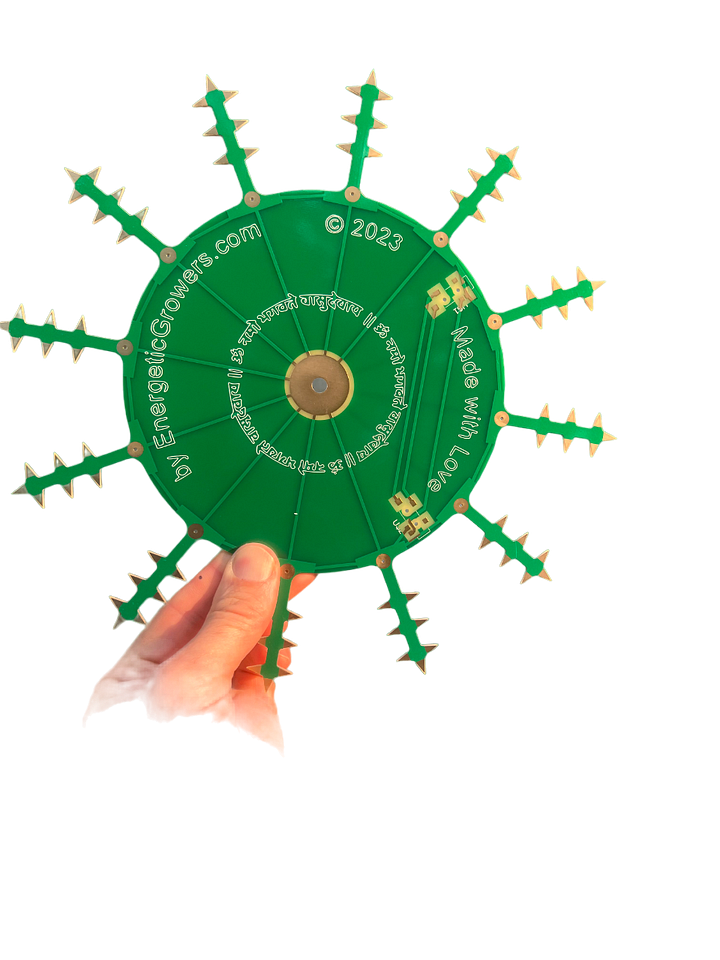
In contrast, an atmospheric collector, such as the gold-tipped green model shown above from David’s Company “Electric Fertilizer” [click here for details], harnesses electricity directly from the atmosphere. For optimal performance, atmospheric collectors should be positioned higher up to maximize their effectiveness.
Atmospheric collectors can be more effective than basic antennas but can expose you to severe dangers when not installed correctly. Not only can this harm your electronic and irrigation equipment, but it also poses a fatal threat to your safety—and you can even damage your plants in the process.
Here's a sobering example:
"In this photo below on the right, you'll see the sad saga of one of my magnetic experiments—where I managed to turn a perfectly happy tree into a very dramatic reminder of what not to do.”
I left the magnetic antenna there all season, just to see what would happen.
Spoiler: it wasn’t the breakthrough I hoped for.
Note to self: 'mad scientist' isn't a great career move!
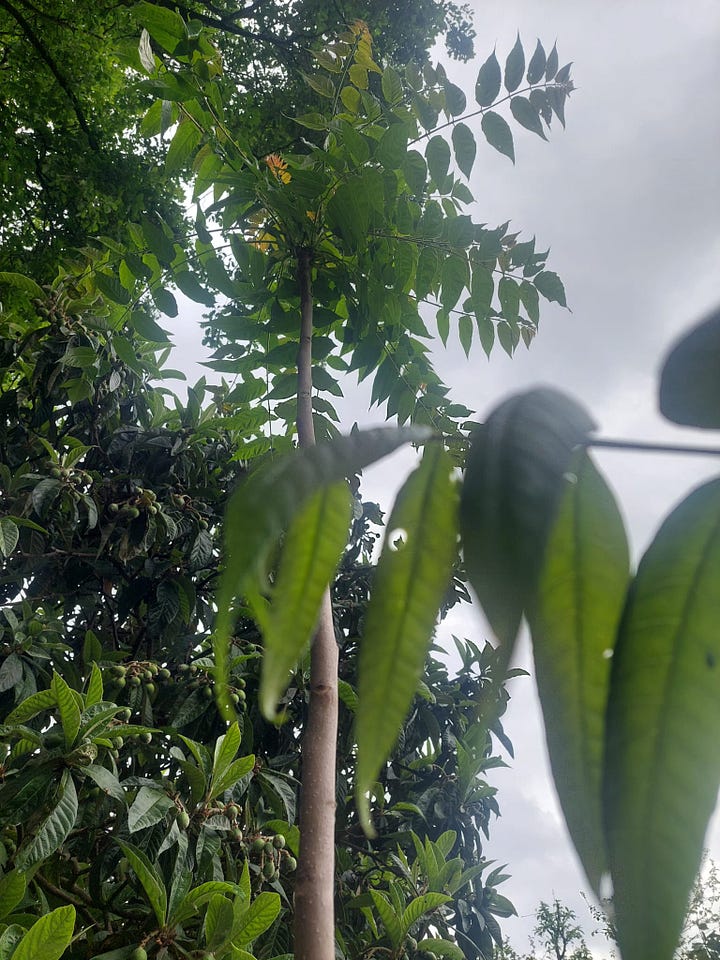
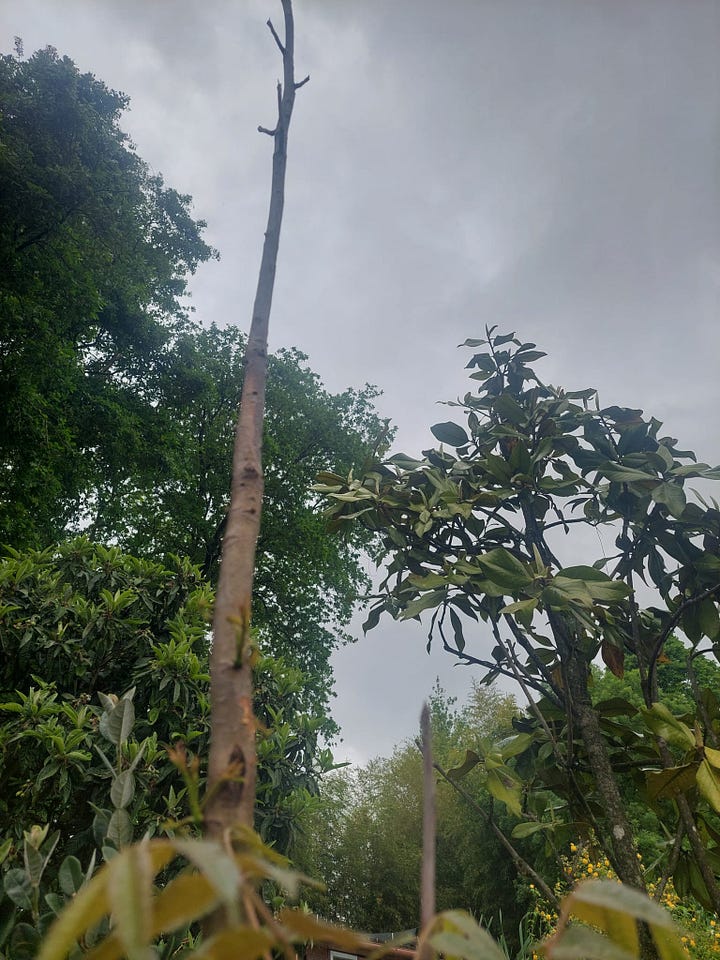
Ailanthus altissima are extremely resilient pioneer trees - people work very hard to eradicate these trees near roads and foundations
Now, you might be wondering, 'Is it even worth erecting an atmospheric collector?'
Absolutely, it is!
Despite the risks, the potential benefits of properly implemented electroculture technology are too significant to ignore.
Studies show that Electroculture can:
Boost plant growth by remarkable rates, making your garden more lush and productive.
Enhance soil fertility significantly, ensuring plants get the nutrients they need to thrive.
Reduce water usage by up to 30%, conserving a vital resource and cutting down your watering chores.
Increase resistance to pests and diseases, naturally protecting your plants without the need for harsh chemicals.
Moreover, electroculture excels at enhancing the therapeutic value and flavor profiles of your home-grown veggies and herbs. Various farm-scale consultations demonstrate that when applied correctly, electroculture techniques boost the production of secondary metabolites inside plants—compounds crucial for increasing their essential oil content, mineral density, medicinal properties, and antioxidant levels.
If you taste your garden produce after a couple seasons of utilizing simple electroculture techniques, then you’ve experienced for yourself what these field trials prove.
Atmospheric collectors have the potential to revolutionize the way we grow our gardens and farms.
But that's ONLY IF you ensure proper installation, which is key to avoiding significant risks.
So what is the WRONG way to implement atmospheric collectors?
(ATT: I am not talking about tiny spiral antennas on your balcony or potted plants.)
Believe it or not, the greatest risk in antenna-culture lies not in the antenna's material—but in its timing and placement.
Surprised? So was I.
What does an error cost?
Potentially everything!
Recalling the devastating vineyard incident and my dead tree, it's evident that antenna and collector safety should be your top priority. If not properly set up, what is intended to promote growth can quickly become a lethal hazard.
Timing is Critical with Antenna-Culture!
In our Electroculture Beginners to Advanced Community of nearly 200,000 members, most are not setting up antennas (collectors) higher than a few feet.
True, the likelihood of anyone erecting a 6-meter collector during a thunderstorm is low. But let's be honest, with such a large community, the risk that someone might do something risky—however small—is not negligible. And it’s certainly not a liability that David nor I want on our shoulders.
Therefore let it be known for the record that installing a collector at the wrong time, particularly during volatile weather seasons, increases the risk of attracting lightning strikes.
If an collector is set up without regard to seasonal weather patterns, it doesn't just risk equipment—it risks lives.
And presence near the collector during such times?
It's as dangerous as you might imagine.
Placement is just as crucial!
The location of your collector can determine whether it becomes a conductor for disaster. An incorrectly placed collector near key infrastructure can not only endanger human life but can lead to catastrophic failures in your system's safety. Misplacement can also directly impact the very life you aim to nurture; a poorly positioned collector can lead to reduced growth, damage to plants, or even kill them outright due to magnetic imbalances or natural current disruption in trees.
When Electroculture Collectors are not properly set up:
You risk turning your growth tool into a lightning rod...
You jeopardize not just your garden, but also the safety of you and your family...
You risk damaging infrastructure and irrigation systems...
You could stunt crop growth, reducing yields and harming plants...
And the stakes are high—faulty setup can cause extensive damage to your electronic systems, your property, and in severe cases, it can be life-threatening.
You definitely want to avoid improper collector installation. So, should you give up advancing to atmospheric collectors entirely?
Absolutely not!
Whether you’re enhancing a small home garden or a large agricultural field, we advise that you take the following points into consideration:
Install your collector away from high-risk areas.
Choose the right moment—avoid rainy or stormy seasons for setting up.
Ensure proper grounding techniques to protect against electrical surges.
Concerned about grounding techniques to protect yourself and property from inadvertent lightning strikes?
We've got you covered.
We're assembling a team of experts to dive deep into this and more, ensuring you can enjoy the full benefits of electroculture safely.
Keep an eye out for our expert-led live-stream sessions—they’ll equip you with all you need to grow safely and productively.
Wishing you all the success possible WITHOUT compromising on safety!
Ray Lee "Shockingly Good at E̶r̶e̶c̶t̶i̶n̶g̶ Raising Antennas" Bacon
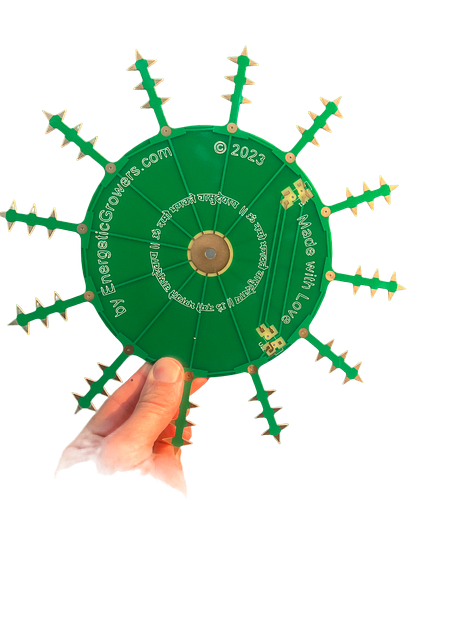
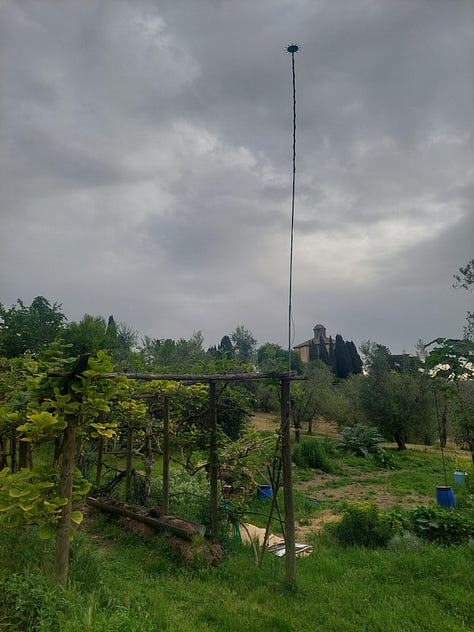
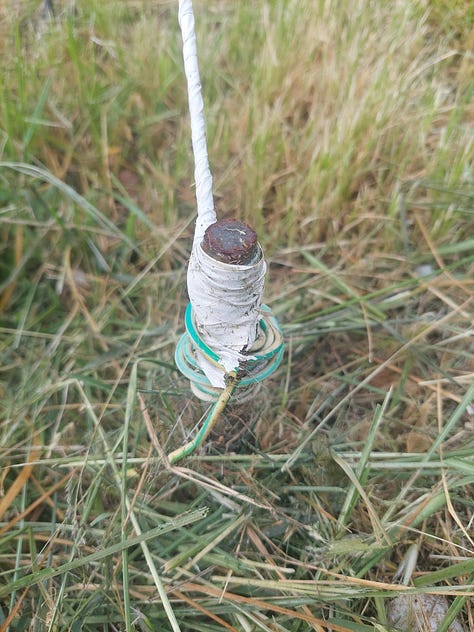
Save Big Now - Only 1/6th the Cost of Competitors!
Your purchase supports our work with the Community while developing quality information.
P.S. – Remember, while we aim to electrify our plants, let’s not electrify ourselves or our neighbors! Always double-check your setup and stay grounded (pun intended). Enjoy your gardening, safely!
P.P.S. – Get ready for our upcoming Live Electroculture Mastermind Sessions! We'll be diving deep into advanced electroculture techniques and more. Have a burning question or a topic you're itching to explore? Send us a message above with your must-knows. Your insights help shape our future sessions, ensuring we focus on what matters most to you. Let’s deepen our electroculture expertise together!





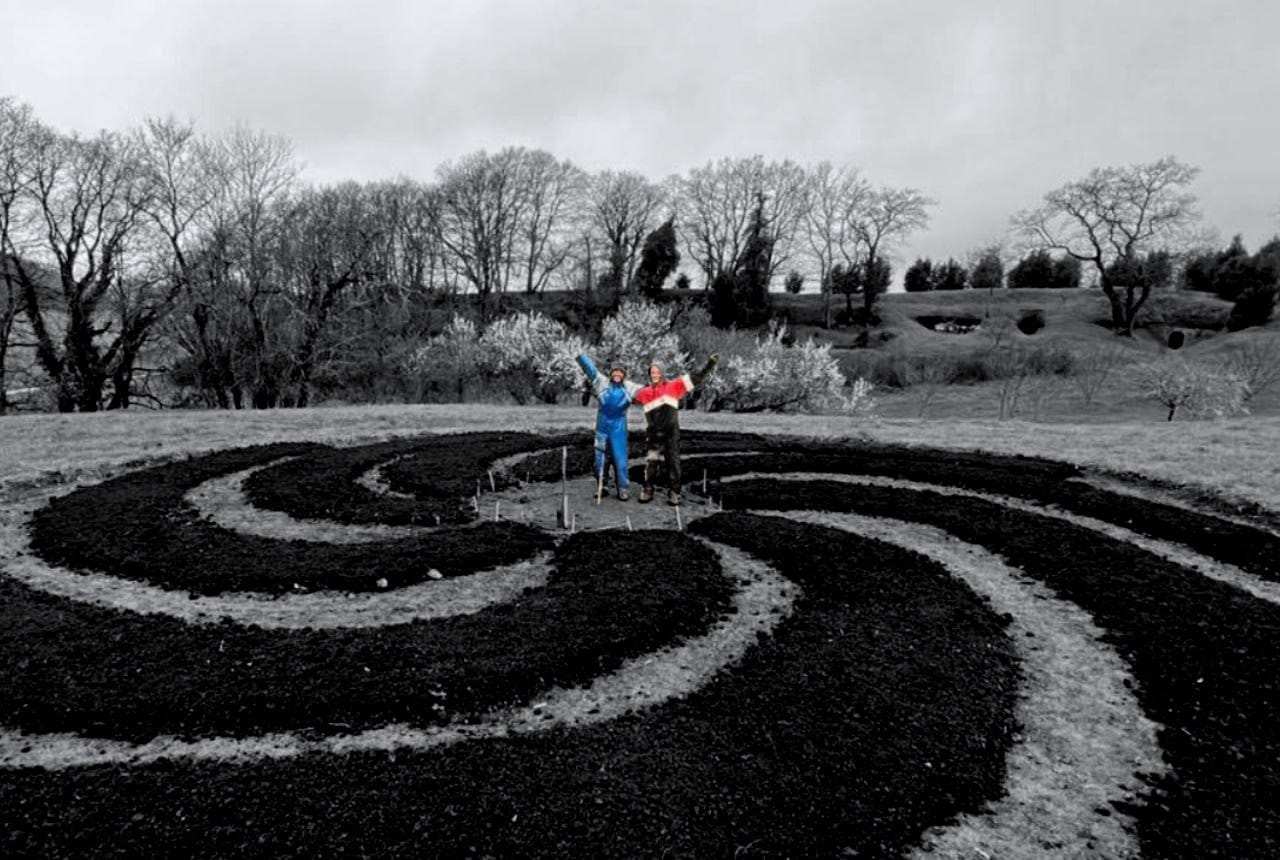

Thanks for the good information. Question; what are the most high risk places you mentioned? Thanks